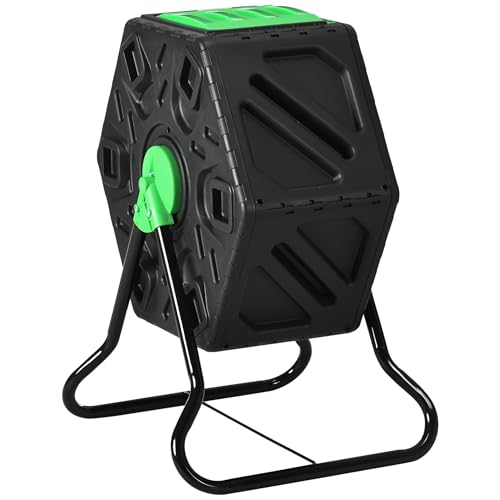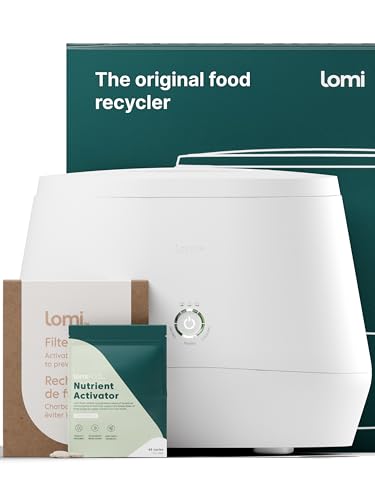How to make compost in a bottle - an easy way to help your garden thrive
For a sustainable way to make DIY compost, this is the perfect method
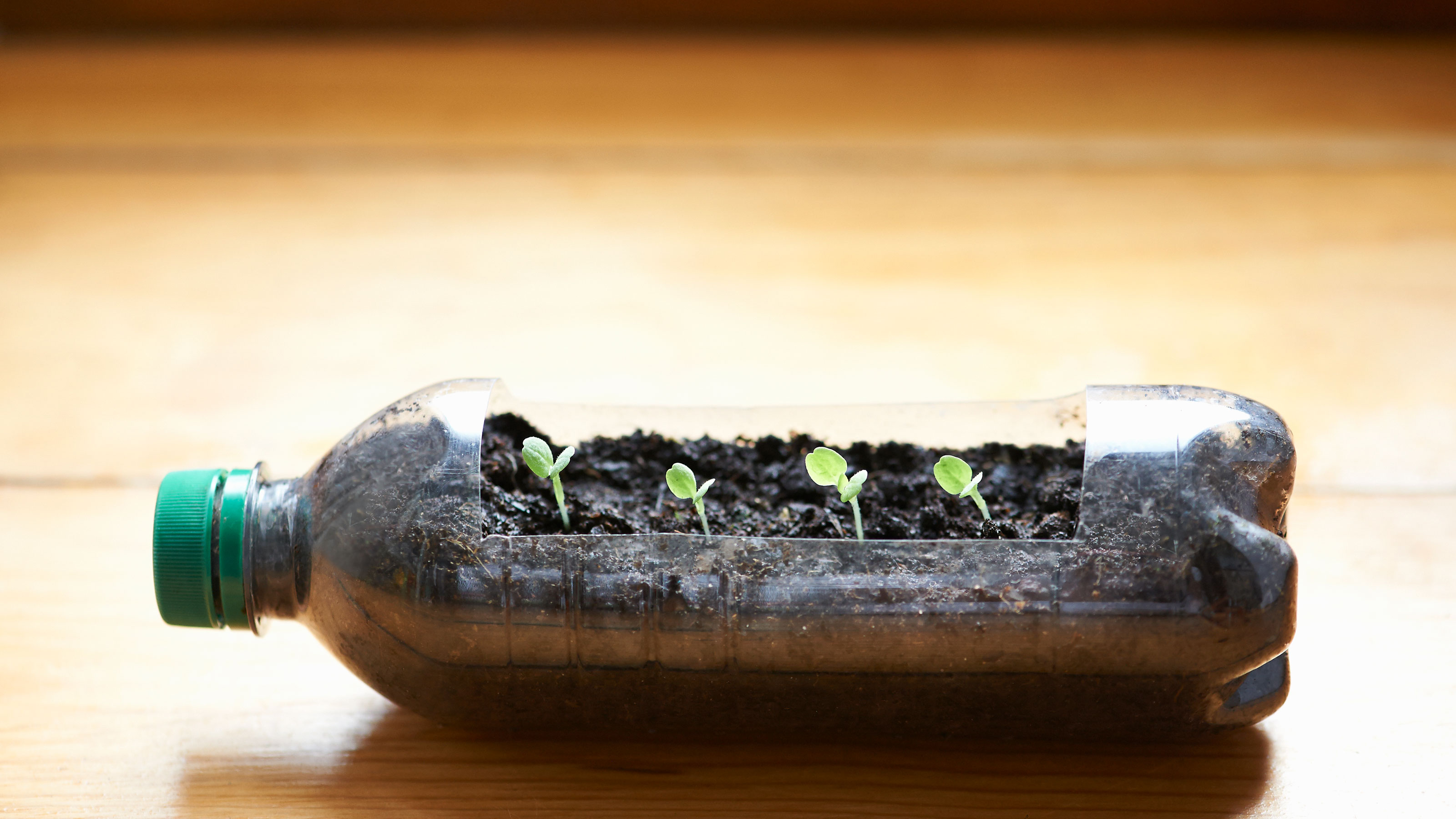

Homemade compost is an easy way to help your garden thrive, and put your kitchen waste to good use. And knowing how to make compost in a bottle is an even easier method that creates nutrient-dense, richly fertile soil for your garden.
Making compost is a sustainable way to help your garden, so if we can do it in a way where we're reusing plastic bottles, even better. Learning how to make compost in a bottle is a budget garden idea that all the family can get involved with, thanks to the surprisingly easy method.
'Compost enriches soil, improves structure and aids in moisture retention and provides essential nutrients to plants to help them thrive,' says says Morris Hankinson, Director, Hopes Grove Nurseries. 'Aside from this, it’s an eco-friendly way to recycle organic household waste and enhance garden health.'
So there are many reasons why we'd want to make our own compost, but what are the benefits of making it in a bottle specifically? Well, the compact space inside the bottle can help speed up the decomposition process, meaning the compost will be ready to use in just 2-3 months. Not to mention it's perfect for those short on garden space.
How to make compost in a bottle
We've asked the experts for step-by-step guidance on how to make compost in a bottle, so you can have a readily available supply of fertile soil in just a couple of months time. Here's what you'll need to get started.
You will need
- Large plastic bottle (2-litre sized bottle is ideal)
- Scissors
- Water
- Sticky tape
- Soil (direct from your garden if possible)
- Garden waste e.g. dried leaves, grass clippings
- Organic household waste e.g. vegetable scraps, coffee grounds
- Spoon
Step by step

Morris Hankinson is the Founder and Managing Director of Hopes Grove Nurseries Ltd, the UK’s only specialist grower-retailer of hedging plants.
1. Prepare the bottle
The first step to learning how to make compost in a bottle, is to ready the bottle itself. Using your scissors, cut the top off the plastic bottle to create a wider neck hole. This will make the process easier, as you'll have more space to fill the bottle with compost material.
You should also poke a few small holes in the bottom of the bottle for drainage - just like you can end up with overwatered plants, the same can happen to compost too.
'Proper drainage ensures that the compost remains moist but not waterlogged, creating an ideal environment for aerobic microorganisms to thrive,' says Morris from Hopes Grove Nurseries. 'These microorganisms also require oxygen to effectively break down organic matter like fruit and vegetable scraps, turning it into nutrient-rich compost.'
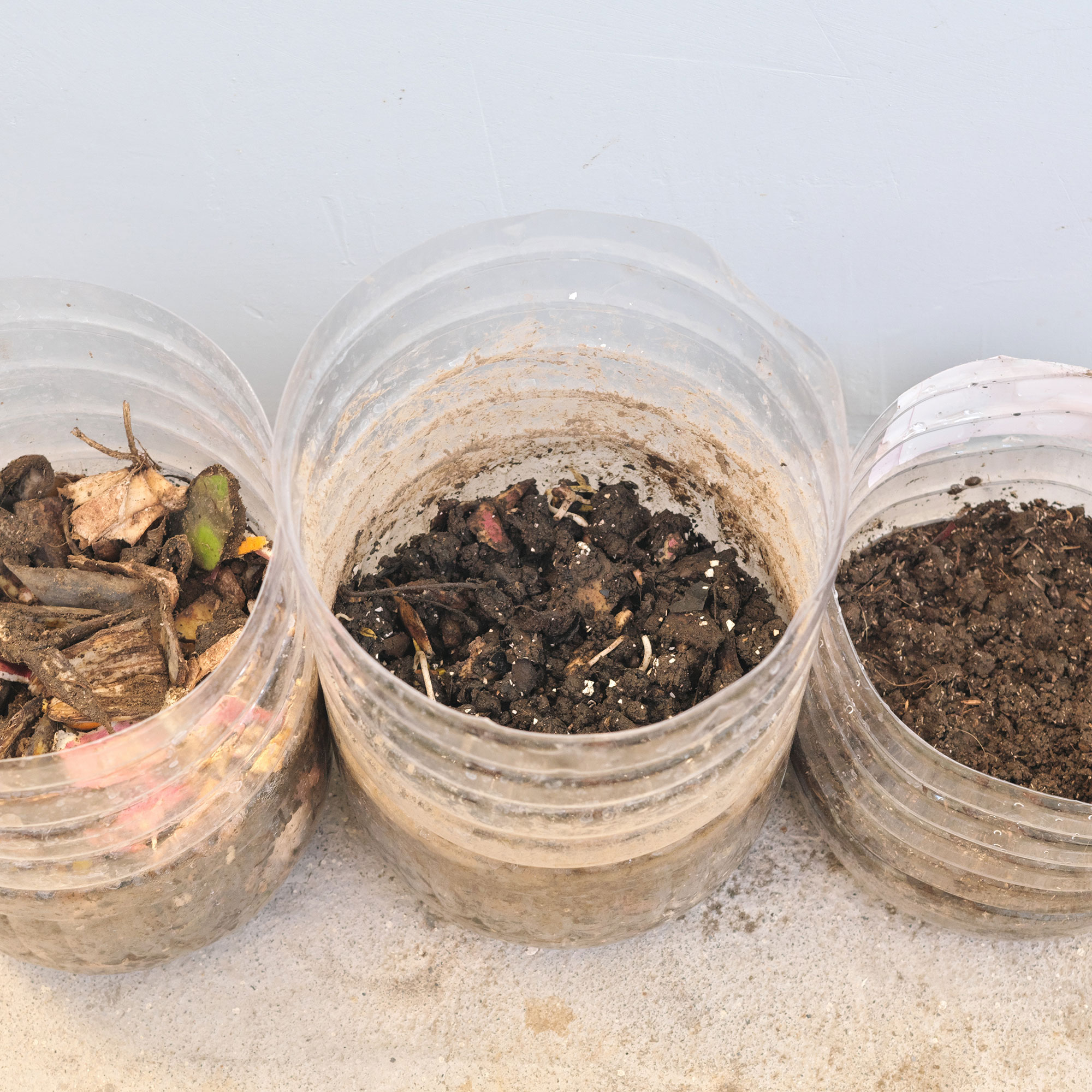
2. Start filling the bottle
Next, add a layer of soil to the bottom of your bottle. 'Start with 2-4 cm of soil, to introduce the bacteria needed to make black nutritious compost,' says Glenn Peskett, MultiTool Expert and DIY Pro, SaxtonBlades.
3. Add your organic household waste
On top of the first layer of soil, start to add your household waste. Fruit and vegetable scraps make ideal compost material because of their nutrient density. And one of the best ways to use leftover coffee grounds in the garden is to add them to your compost, as they'll help fertilise the soil.
Make sure any food scraps are broken into small pieces, so they decompose quicker.
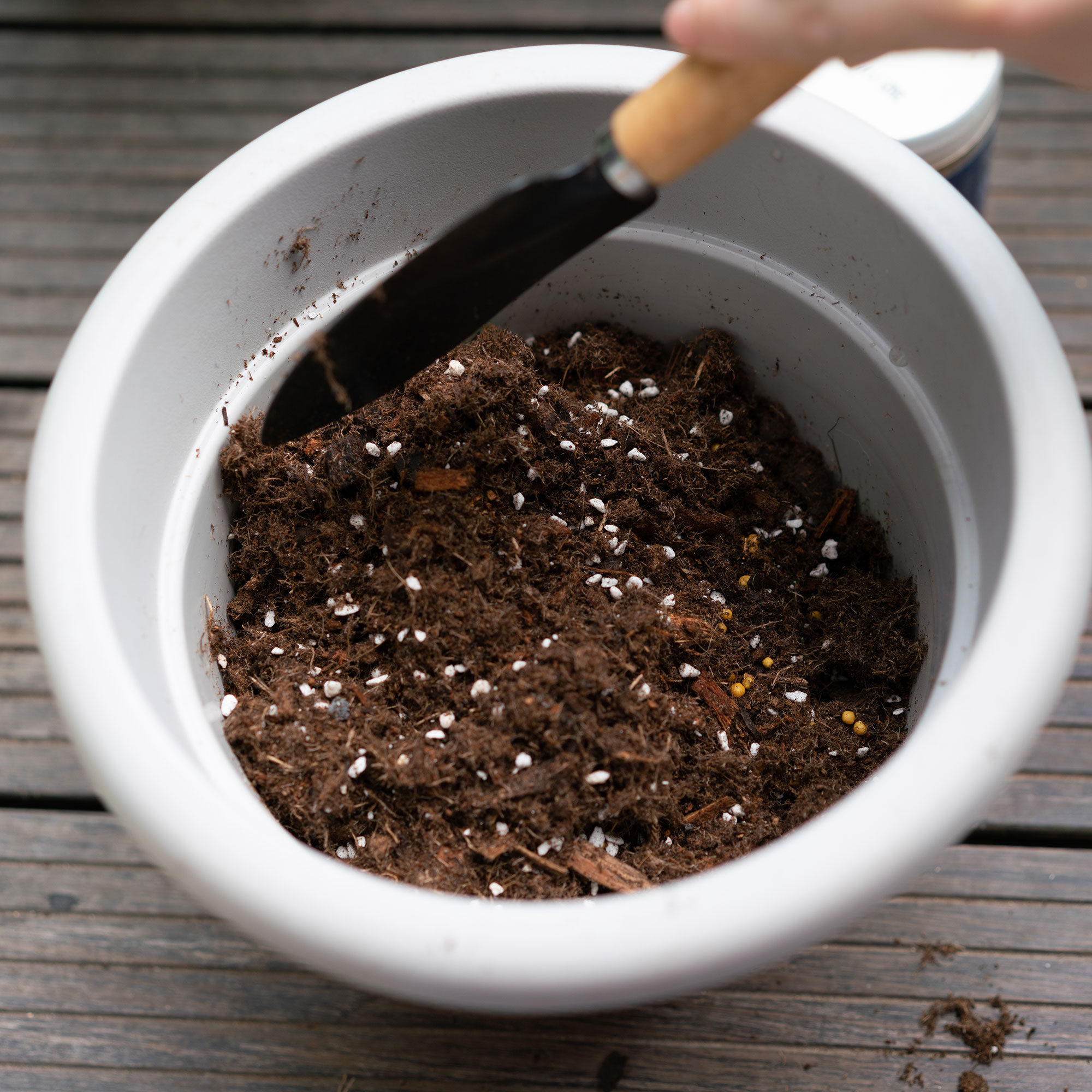
4. Add the dry material
Next, add the garden waste into the bottle. Grass clippings and dried leaves are ideal. 'This provides carbon and helps balance the nitrogen from the organic waste,' Morris explains.
5. Repeat the layers
Repeat steps two to four to create layers of the different materials in the bottles. Start with a layer of soil on top of the dried material, followed by the organic waste, followed by more dry material. Each layer should be 1-2 inches thick.
Repeat this until the bottle is almost full.
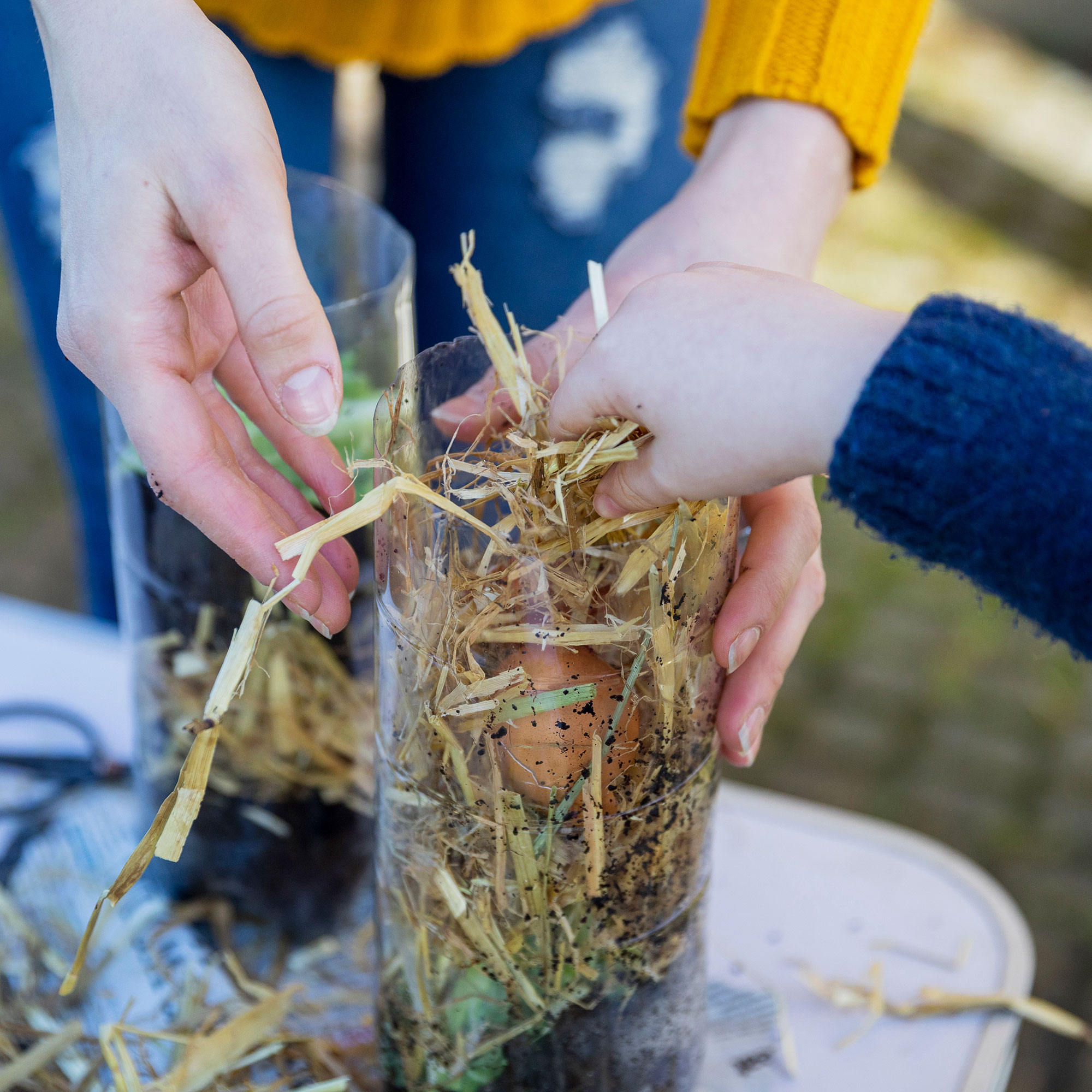
6. Dampen the contents
'Use a fine spray bottle and dampen the materials in your jar with a little bit of water,' DIY expert Glenn says. 'Failing this, hold a fine sieve over your bottle and slowly pour small amounts of water to dampen the materials.'
The contents of the bottle should be moist, but not soaking, which can slow down the decomposition process.
7. Tape up
After you've watered the compost, place the top of the bottle back on top and secure it in place with sticky tape. This will keep the moisture inside the bottle and encourage the organic matter to decompose quicker.
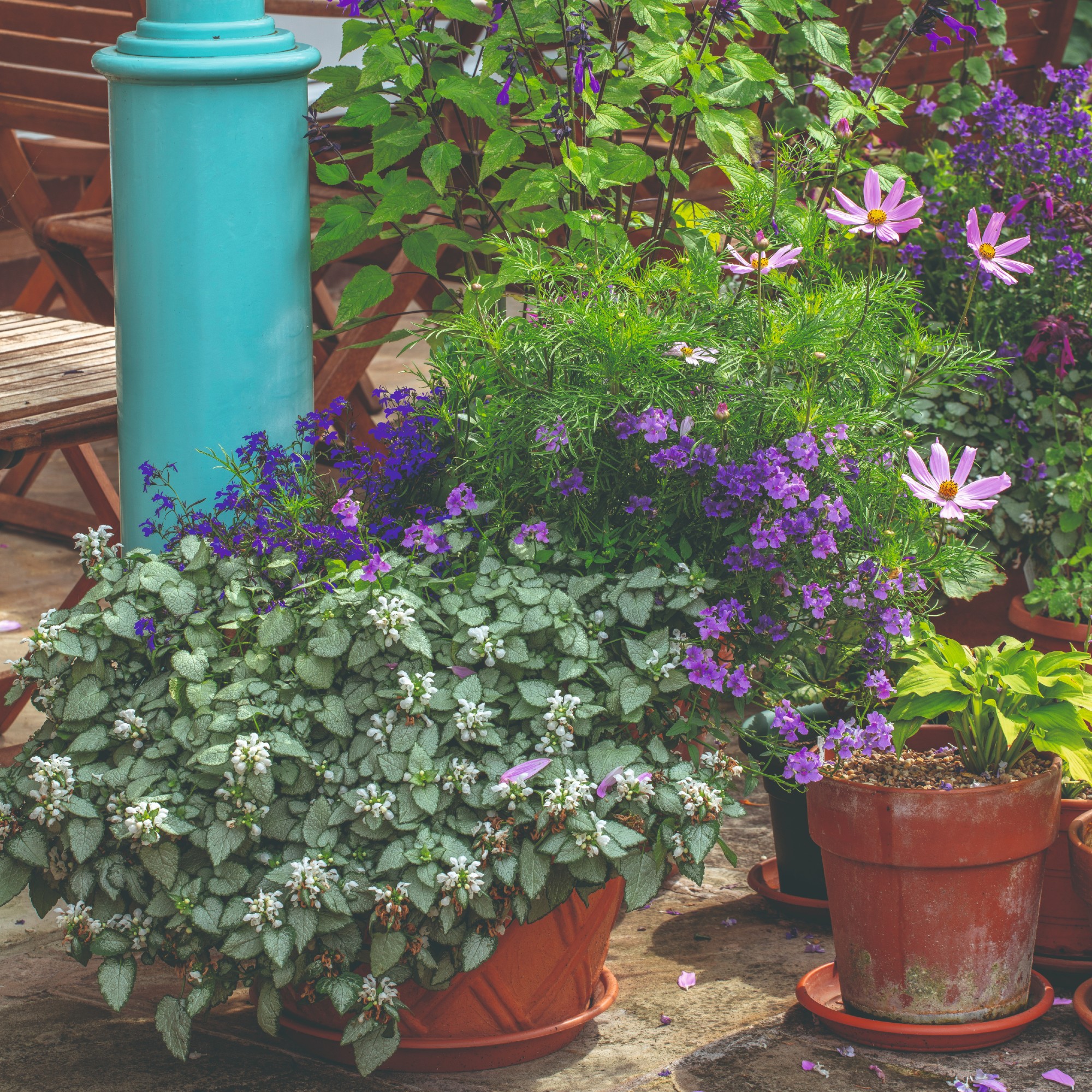
8. Leave and aerate
You've now learned how to make compost in a bottle, so the final step is waiting for the compost to fully materialise. Keep the bottle in a sunny location, and check the moisture levels regularly. Add more water if it looks dry.
'Using a small shovel or spoon gently mix the contents every few days,' Morris says. 'This introduces oxygen, which is crucial for aerobic decomposition and helps to speed up the composting process.'
After two to three months your compost should be ready to use. 'It should look like rich dark soil and have a pleasant earthy smell,' says Morris.
Alternative small composters
If you're not sold on the bottle composting methods there are other pre-made options you can buy that take up only a small amount of space.
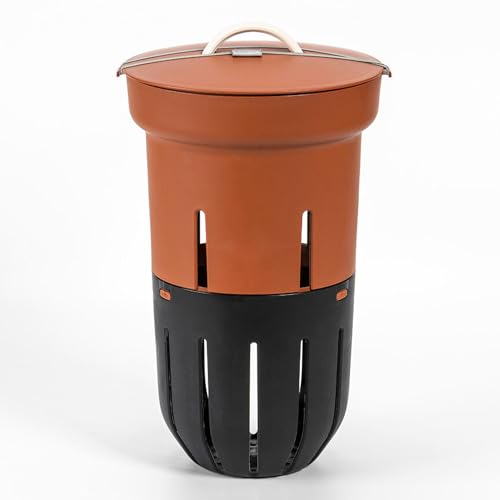
This clever device can be buried in your garden borders and topped up with food waste.
FAQs
What is the best way to make homemade compost?
'When making homemade compost there are several factors you should consider to help with the quality,' Morris says. 'You should choose a well-drained, sunny spot, this can help with the decomposition process and avoid the creation of nasty smells from anaerobic organisms.'
The best compost will contain a variety of organic materials. Crushed eggshells, coffee grounds, and fruit and vegetable scraps, will create a nutrient-dense environment in which micro-organisms will thrive.
'And brown materials like dry leaves, plant stalks, twigs, shredded cardboard and untreated wood chips are carbon-rich materials that provide an energy source and introduce the mass of microbial cells,' Morris says.
The best container for your homemade compost depends on how much compost you're hoping to make. You can make it in a 2-litre plastic bottle or a large compost bin - or even just create a compost pile - but the bigger your compost container, the more materials you will need to fill it.
Can I make compost in a plastic container?
Yes, you can make compost in a plastic container, such as a plastic bottle.
'Ideally, the plastic container should be no less than 2-litre bottle size but choose a container that has more height than width as layering of materials is important for composting,' Morris explains. 'Ideally, your container should have a lid to help with the composting process and some holes in the bottom and sides for drainage and airflow.'
Now you know how to make compost in a bottle, you can go ahead and create fresh fertile material that will help your garden thrive.
Get the Ideal Home Newsletter
Sign up to our newsletter for style and decor inspiration, house makeovers, project advice and more.

Katie has been writing freelance since early 2022, specialising in all things homes and gardens, following achieving a Masters in Media and Journalism. She started out writing e-commerce content for several of Future’s interior titles, including Real Homes, Gardeningetc, Livingetc, and Homes and Gardens. Since then she’s been a regular contributor on Ideal Home’s digital team, covering news topics, how-to guides, and product reviews.
-
 5 signs you’ve taken decluttering too far — and how you can pull yourself back, according to organisation experts
5 signs you’ve taken decluttering too far — and how you can pull yourself back, according to organisation expertsYou might have to start resisting the urge to purge
By Lauren Bradbury
-
 What is the Party Wall Act 3m rule and is it something you should be worried about? This is what the experts say
What is the Party Wall Act 3m rule and is it something you should be worried about? This is what the experts sayDon't get caught off-guard by the Party Wall Act 3m rule — our expert guide is a must-read
By Natasha Brinsmead
-
 Shoppers can’t get enough of The Range’s lemon tree, but I’ve found an even cheaper bestseller at B&Q - it’s perfect for a Mediterranean look
Shoppers can’t get enough of The Range’s lemon tree, but I’ve found an even cheaper bestseller at B&Q - it’s perfect for a Mediterranean lookWelcome the summer with this glorious fruit tree
By Kezia Reynolds
-
 Shoppers can’t get enough of The Range’s lemon tree, but I’ve found an even cheaper bestseller at B&Q - it’s perfect for a Mediterranean look
Shoppers can’t get enough of The Range’s lemon tree, but I’ve found an even cheaper bestseller at B&Q - it’s perfect for a Mediterranean lookWelcome the summer with this glorious fruit tree
By Kezia Reynolds
-
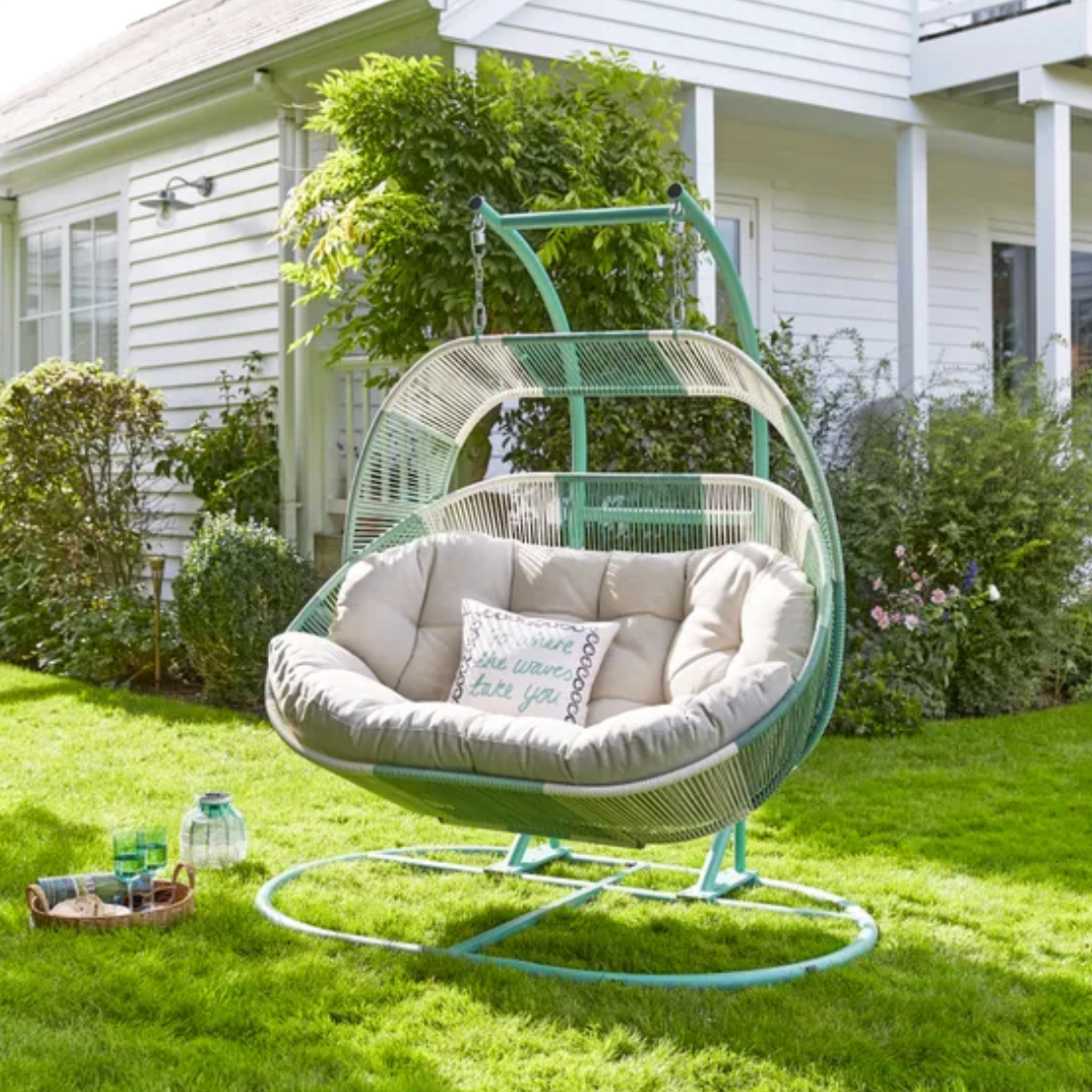 I'm a stylist with an eye for expensive-looking high street finds – these 6 garden furniture pieces at Dunelm are on my radar
I'm a stylist with an eye for expensive-looking high street finds – these 6 garden furniture pieces at Dunelm are on my radarThese pieces all look more than their price tag
By Laurie Davidson
-
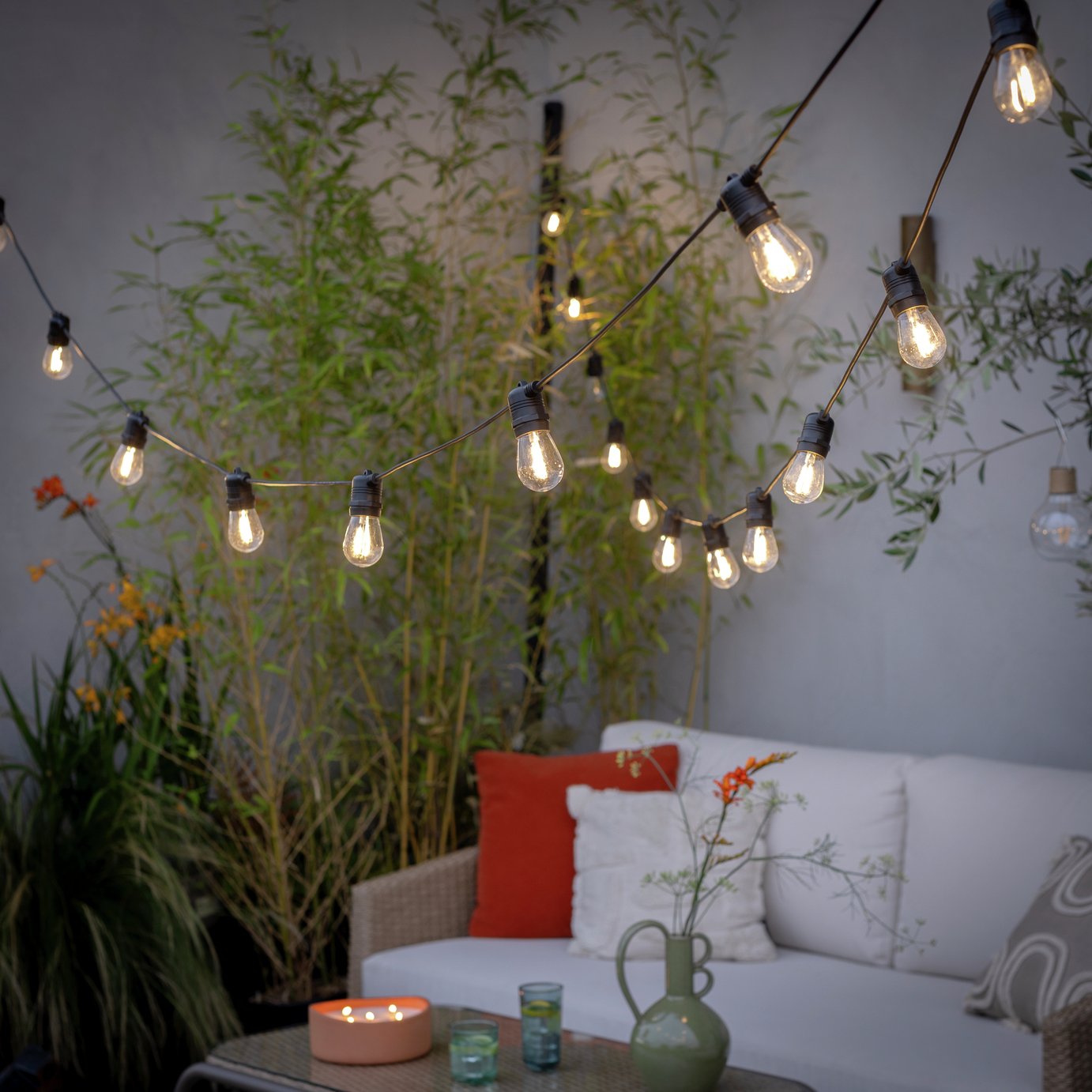 The 6 outdoor lights from Habitat that I'm choosing between to make my outdoor space look more expensive this summer
The 6 outdoor lights from Habitat that I'm choosing between to make my outdoor space look more expensive this summerI couldn’t believe some of the prices
By Ellis Cochrane
-
 Aldi is launching a £200 day bed with four different features - its sleek design is suited to the whole family
Aldi is launching a £200 day bed with four different features - its sleek design is suited to the whole familyYou don't want to miss out on this Specialbuy
By Kezia Reynolds
-
 I’m seeing pastel garden furniture at all my favourite brands this spring, but QVC’s sorbet collection impressed me the most
I’m seeing pastel garden furniture at all my favourite brands this spring, but QVC’s sorbet collection impressed me the mostFresh pastel shades are a great way to liven up your outdoor space
By Kezia Reynolds
-
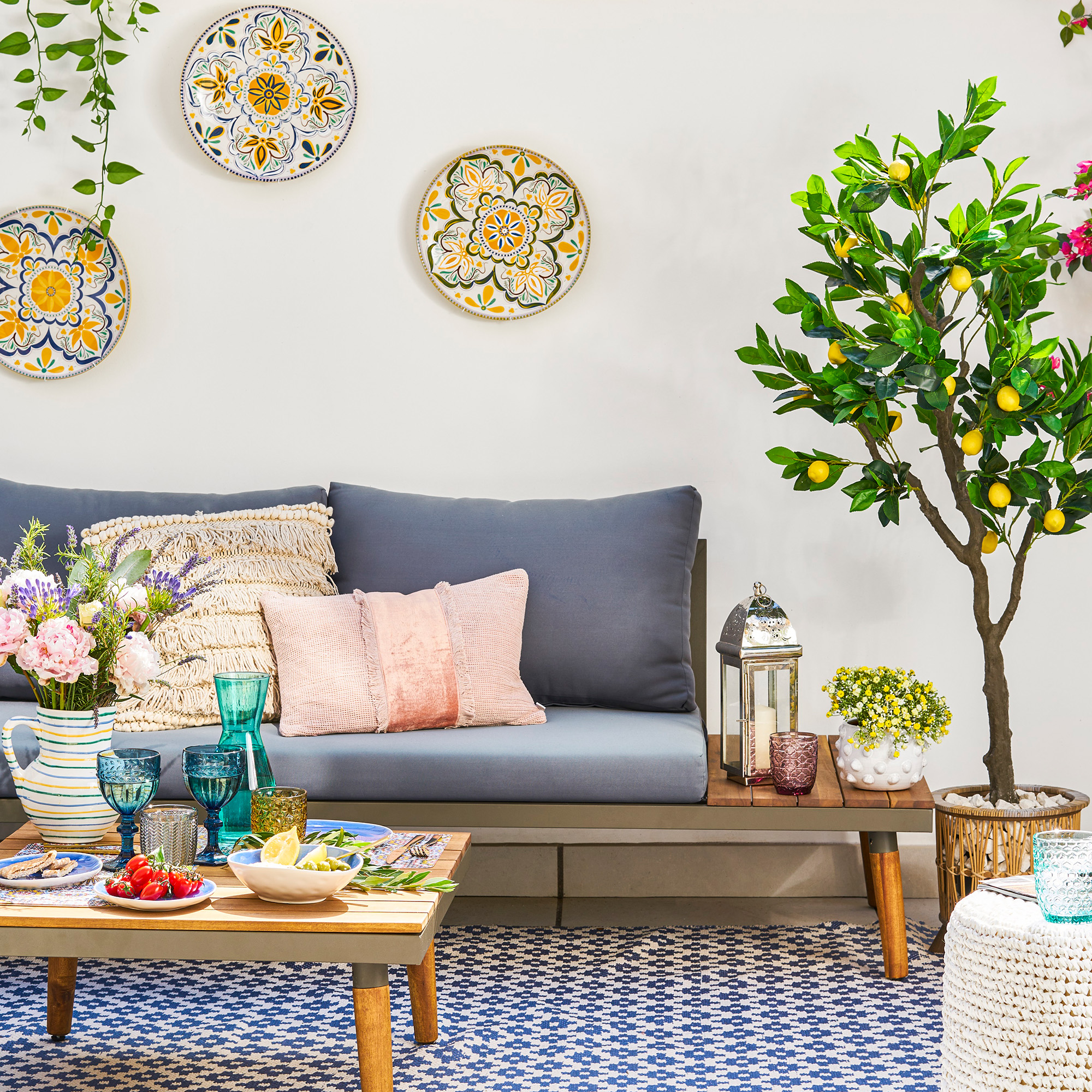 I spent the afternoon looking through Wayfair's garden sale – these are the 6 pieces I'm buying immediately for summer
I spent the afternoon looking through Wayfair's garden sale – these are the 6 pieces I'm buying immediately for summerThese are my must-have garden buys from the sale
By Holly Reaney
-
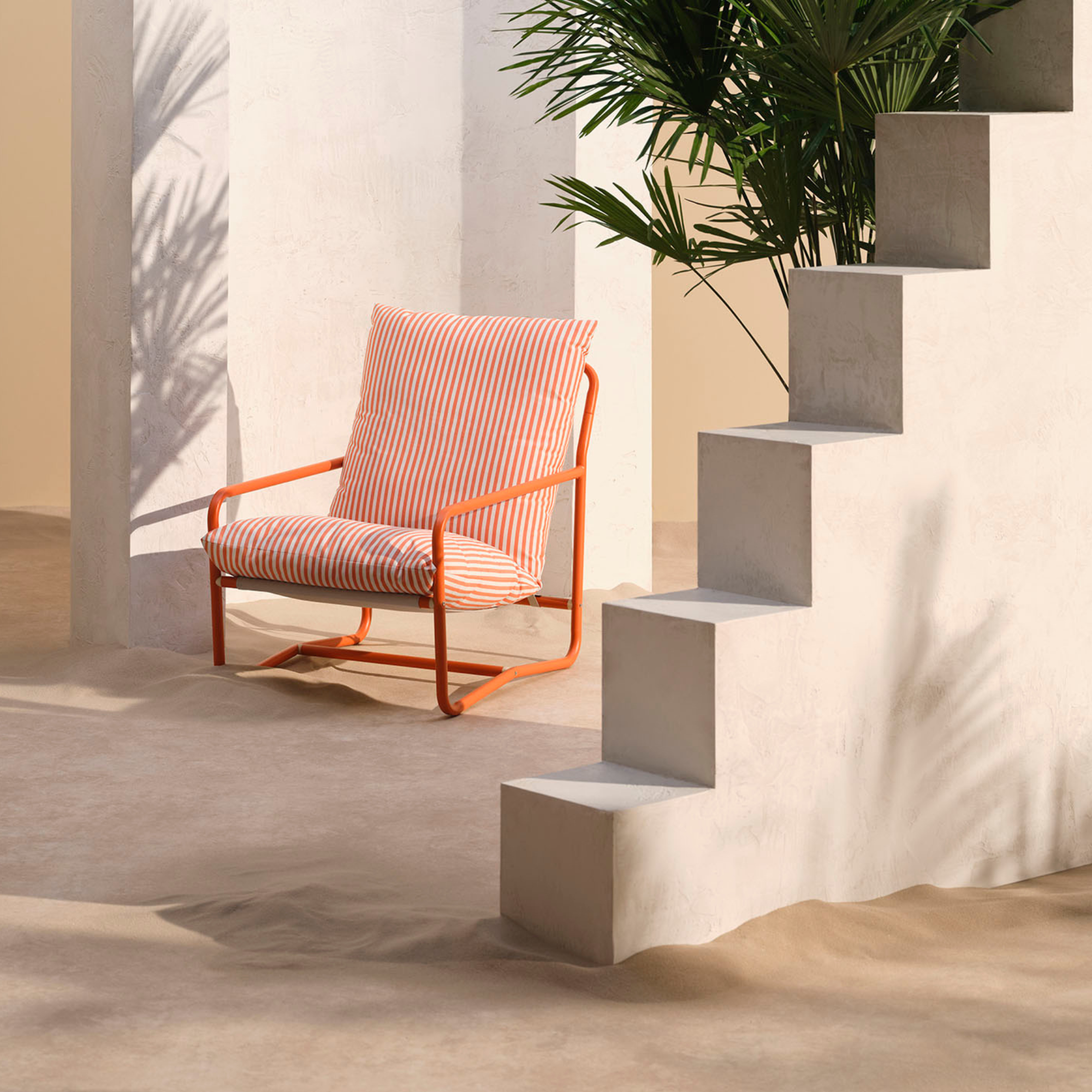 I’ve found the perfect alternative to John Lewis’ sold-out striped garden chair – and you won’t believe where it's from
I’ve found the perfect alternative to John Lewis’ sold-out striped garden chair – and you won’t believe where it's fromJohn Lewis' Sling Garden Chair is one of the most stylish pieces of garden furniture I'd seen – until I tracked down this QVC lounge chair...
By Kezia Reynolds
-
 Lidl is selling a smart tiered planter that will unlock extra planting space in a tiny garden or balcony
Lidl is selling a smart tiered planter that will unlock extra planting space in a tiny garden or balconyWhy I've been eyeing this planter up for my tiny garden
By Kezia Reynolds
